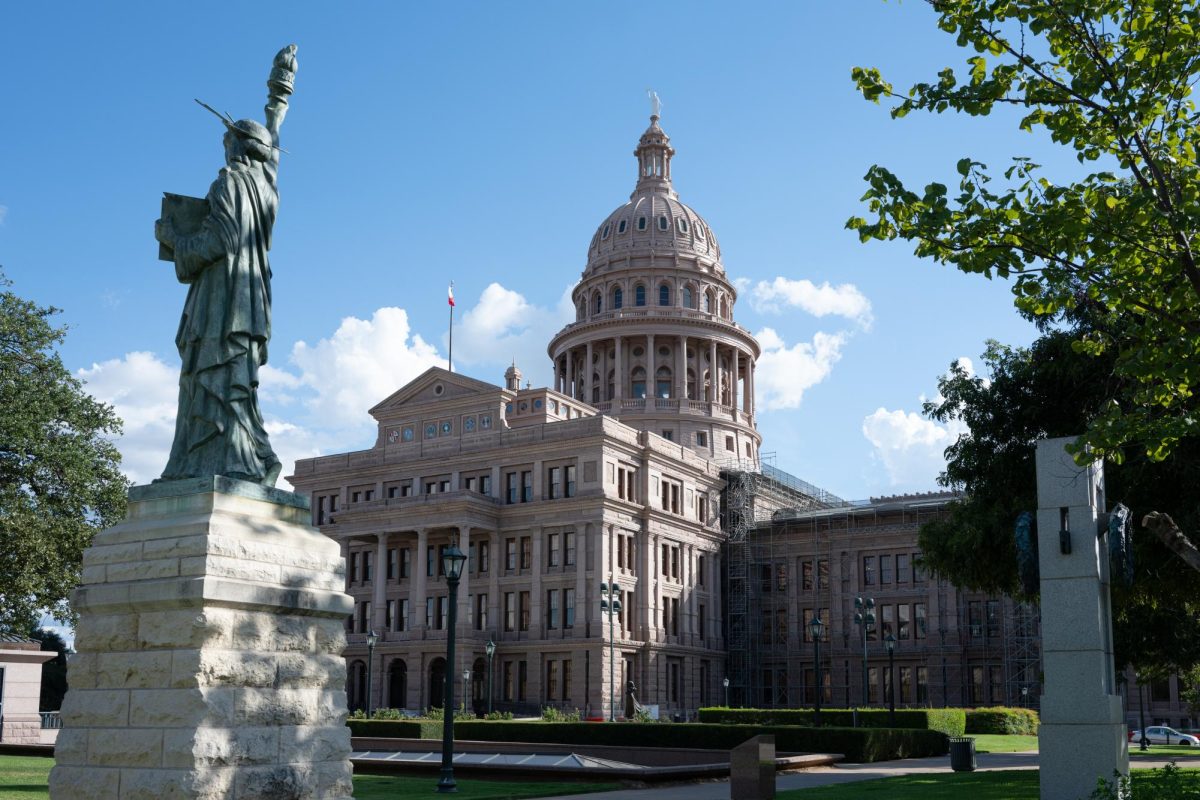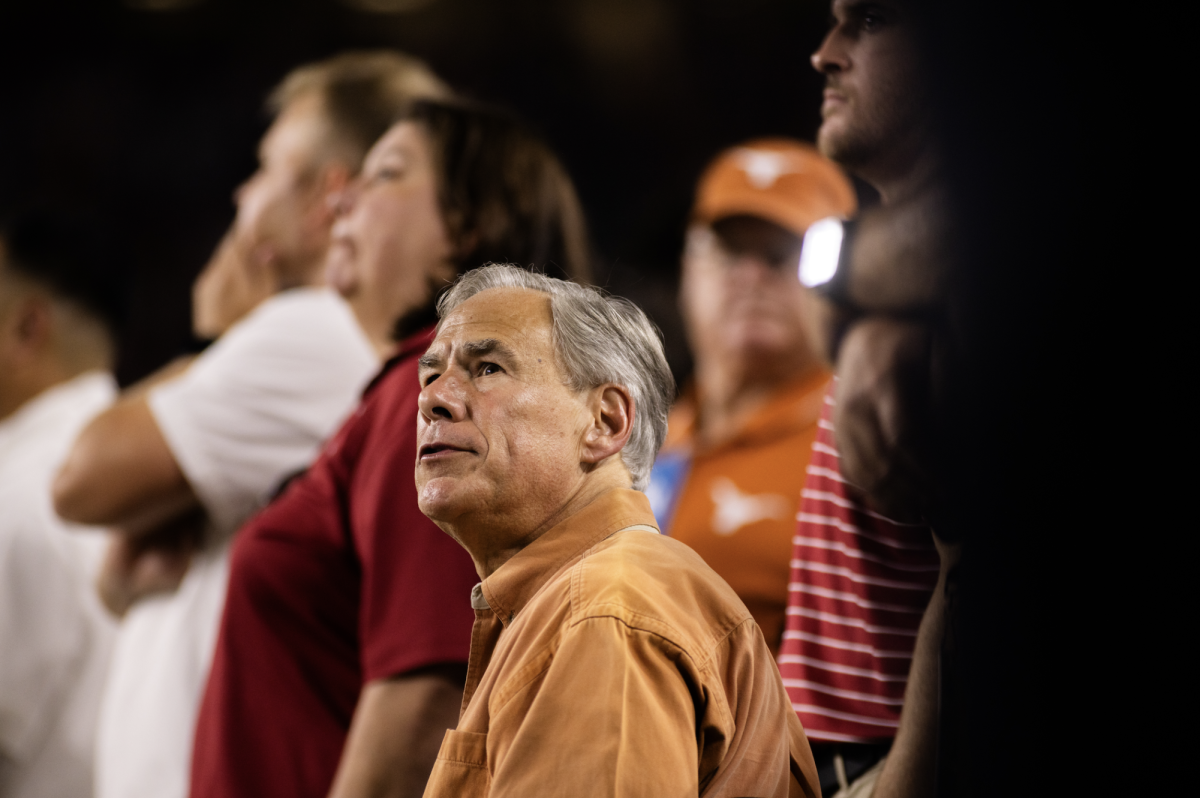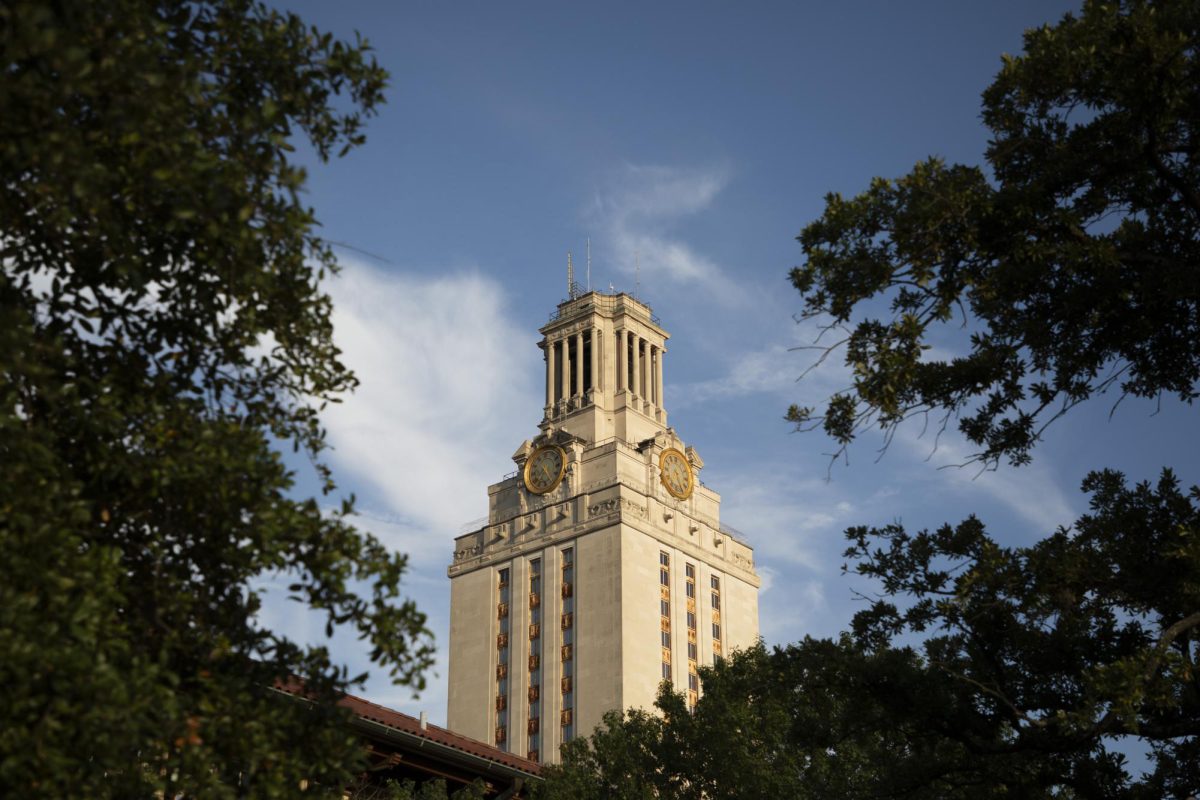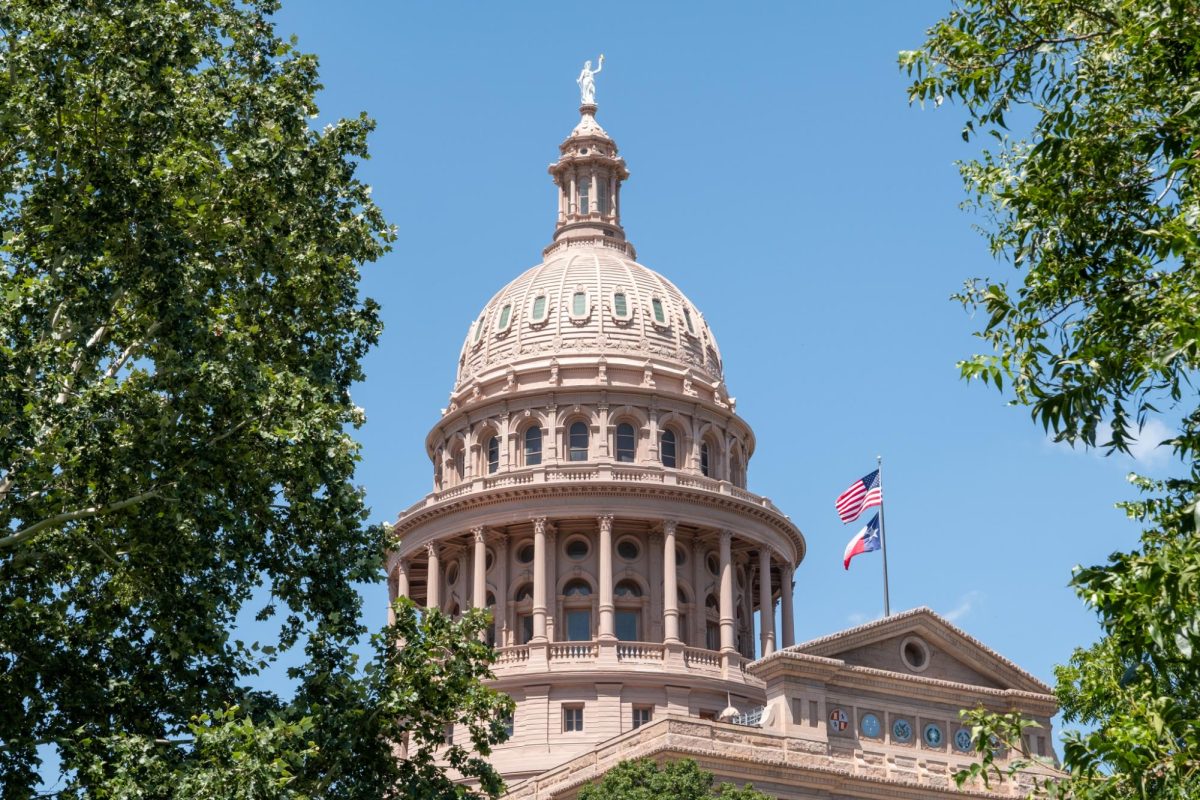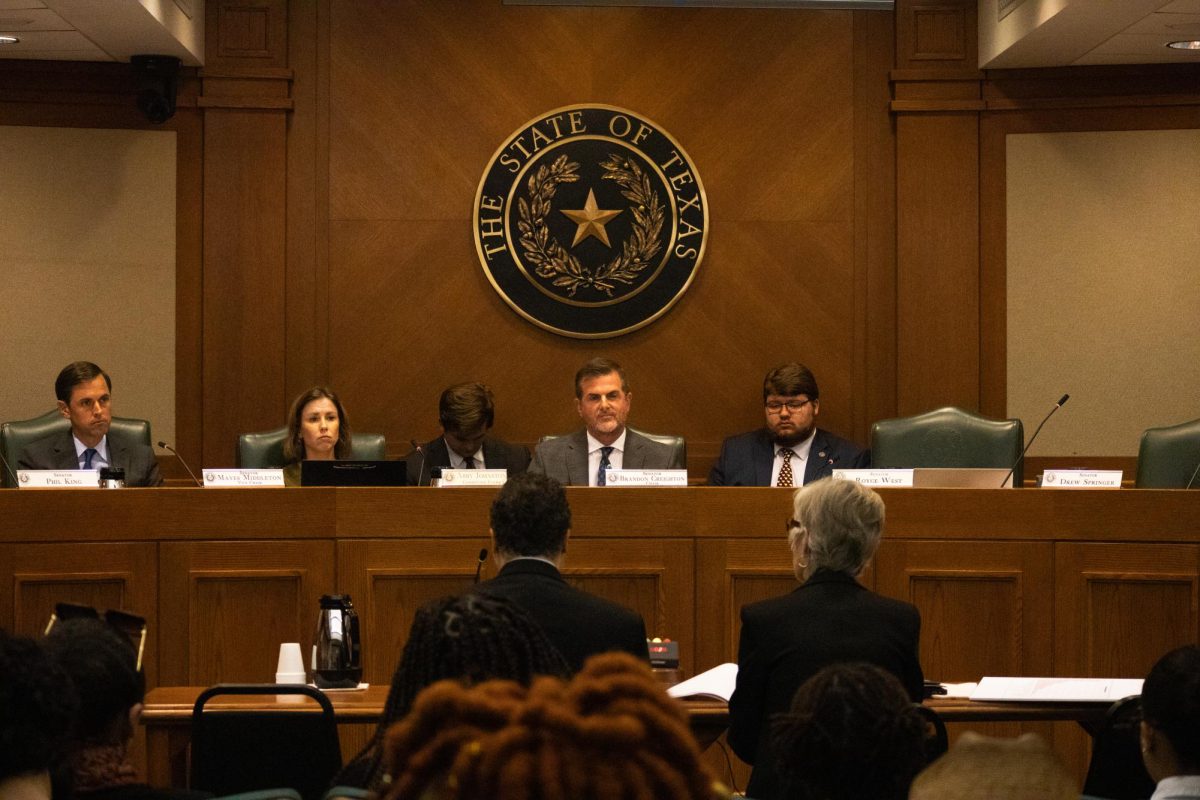A new proposal may alleviate some of the notorious Interstate Highway 35 congestion in Central Texas.
The Interstate 35 Corridor Advisory Committee proposed switching I-35 with State Highway 130 to relieve congestion during a Texas Department of Transportation meeting. It also recommended adding a high occupancy vehicle lane and a tollway to I-35 and removing tolls from SH 130 and 45 Southeast.
The Texas Transportation Commission created the Corridor Advisory Committee in 2008 after demands for increased citizen participation in the corridor’s development. The My 35 Plan proposal divides the Texas I-35 corridor into four segments with near-, mid- and long-term projects. The Texas Department of Transportation is now in the process of reviewing the committee recommendations.
“The advisory committee was responsible for going out and holding public meetings about the needs that a particular community or area wanted for I-35,” said TxDOT spokeswoman Kelli Petras. “Each segment committee tackled a smaller area tied together with their local communities.”
On Thursday, the committee recommended the addition of a 69-mile HOV lane and tollway going each direction on I-35, from SH 45 SE to Interstate 10. It would occur within 10 to 20 years and cost between $6.2 and $8.85 billion.
According to a TxDOT statement, in 2009 the Texas Transportation Commission committed approximately $1 billion to Proposition 12, a highway improvement fund, and nearly $135 million in federal stimulus funding to expand I-35 to six main lanes between San Antonio and the I-35 east-west split in Hillsboro. Most of the funds have been exhausted, but Petras said Proposition 12 may fund some near-term projects if they are approved.
“It’s not like we can just go out to I-35 and expand it to 10 lanes if we wanted to,” Petras said. “[I-35] has a very confined area with businesses.”
Ross Milloy, Austin-San Antonio Corridor Council president and advisory committee member, said another key suggestion was developing a freight rail to alleviate the number of freight trucks on I-35, which has been increasing since the North American Free Trade Agreement was passed in 1994.
Milloy said the Federal Highway Administration did a study of I-35 in 1999. The Austin corridor was the most congested portion of the entire highway, according to the study. I-35 runs 1,565 miles from Laredo, Texas, to Duluth, Minn.
He said cars would move at a consistent speed if a toll was implemented. TxDOT tolls are transitioning to an all-electronic process, eliminating the need for toll booths.
“The thrust in all of this is to keep I-35 flowing,” Milloy said. “These are mechanisms by which you can regulate traffic flow and ensure a minimum speed through at least one lane. We’re rapidly approaching a situation on I-35 where you may be looking at gridlock for much of the day.”
This initial proposal also suggests adding continuous frontage road, improvements to U.S. 183 and I-10 and constructing outer loops for New Braunfels and San Marcos.
UT associate engineering professor Travis Waller said the proposal addresses problems of the “unusually congested corridor” with innovative and cutting-edge solutions.
“I think it’s pretty obvious both as a professional and for anyone that lives in the area that I-35 has continually gotten more congested,” Waller said. “Something major has to happen, and it has to occur in multiple integrated projects.”
Waller said if transportation is made easier on I-35, it could bring additional economic growth to Austin and alleviate congestion within the city.







